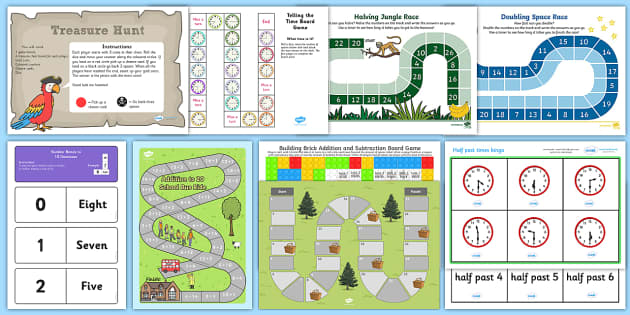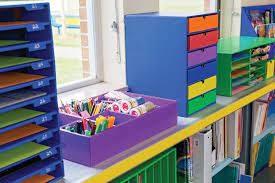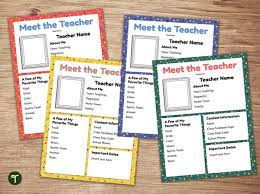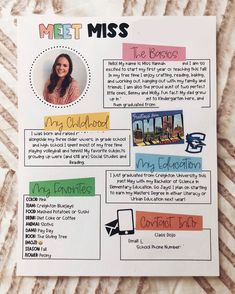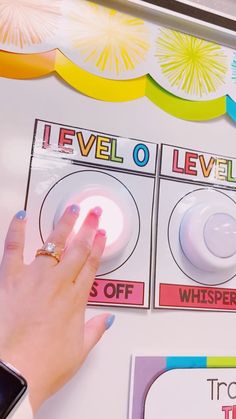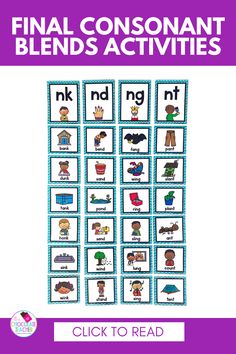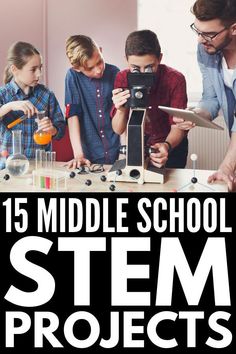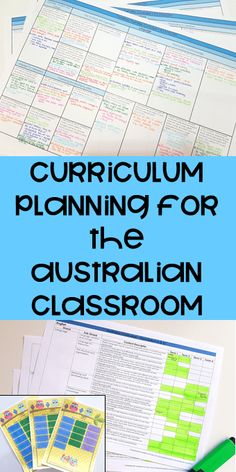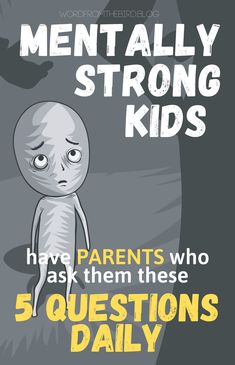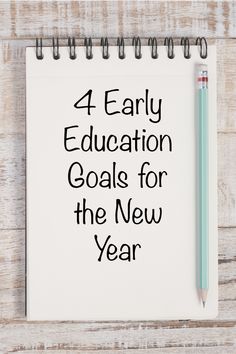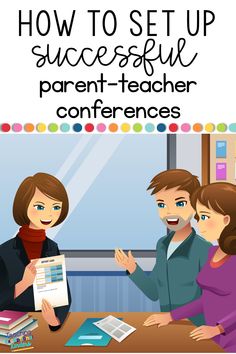Mental math games provide an excellent way for students to practice and improve their calculation skills. Here are 22 ideas for mental math games and resources that can be used in the classroom or at home in the United States:
1. Math Bingo: A classic game where students fill out bingo cards with answers to math problems.
2. Speed Math Duel: Two players race to solve equations faster than the other.
3. 24 Game: Players use addition, subtraction, multiplication, and division to make the number 24 from four number cards.
4. Number Bond Battleship: A twist on the traditional Battleship game focusing on creating number bonds.
5. Math Jeopardy: Students answer questions in a quiz show format, with different point values for various difficulty levels.
6. Flashcard Relay Race: Teams of students race to solve flashcard problems as quickly as possible.
7. Mental Math Mania: A board game where players move spaces based on their ability to solve mental math challenges.
8. Sudoku Puzzles: These popular puzzles are great for practicing logic and problem-solving skills related to math.
9. Math Maze Runners: Solve mental math problems to navigate through a maze.
10. Estimation Station: Set up stations where students guess numerical quantities or measurements, then check their accuracy.
11. Fraction War Card Game: Like the traditional card game War but with fractions instead of numbers.
12. Multiplication Squares Game: A two-player game where you create a square on a grid by correctly answering multiplication questions.
13. Money Master Challenge: Students count mixed coins and bills under timed conditions.
14. Factor Frenzy: A time-based game identifying factors of different numbers.
15. Prime Number Hunt: Students have to identify prime numbers from a large grid under time pressure.
16. Equal Equation Search: Search for equal equations using given numbers and operation signs within a time limit.
17. Time Teller Bee: Compete in telling time accurately on clocks with varying difficulties (analog, digital, word problems).
18. Decimal Dash: Focuses on adding, subtracting, multiplying, and dividing decimals in a fun race format.
19. Percent Panic: Players quickly identify the correct percentage of numbers in different scenarios.
20. Ratio Round-Up: This activity involves finding equivalent ratios under time constraints.
21. Algebraic Expressions Excavation: A puzzle game that requires simplifying algebraic expressions correctly to ‘excavate’ treasures.
22. Geometry Jump: Incorporating geometric shapes and concepts into a physical jump rope or hopscotch-like game for active learning.
These mental math games are designed to make learning fun while enhancing arithmetic proficiency among learners of all ages.
